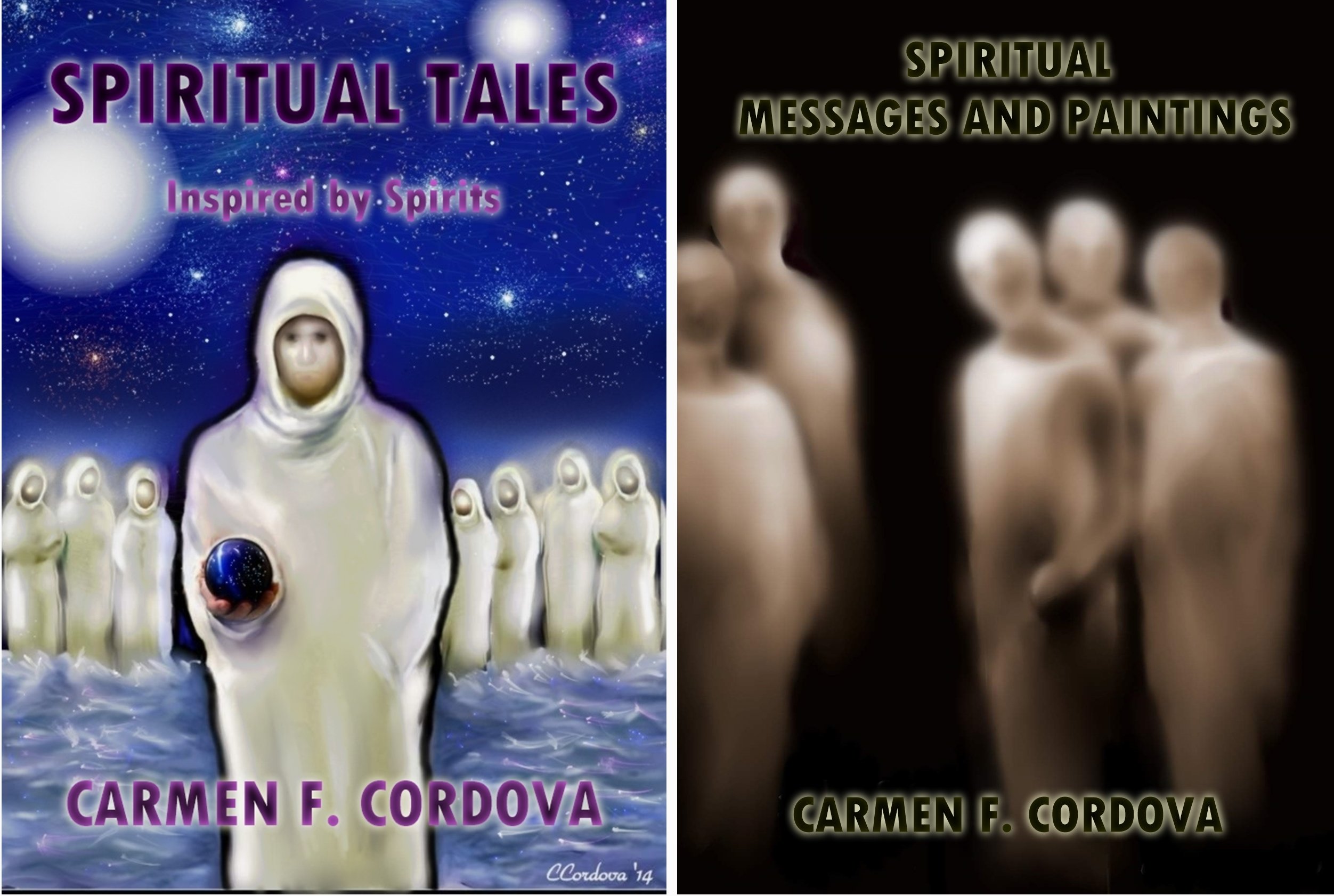Divine Feminine Energy and Goddesses
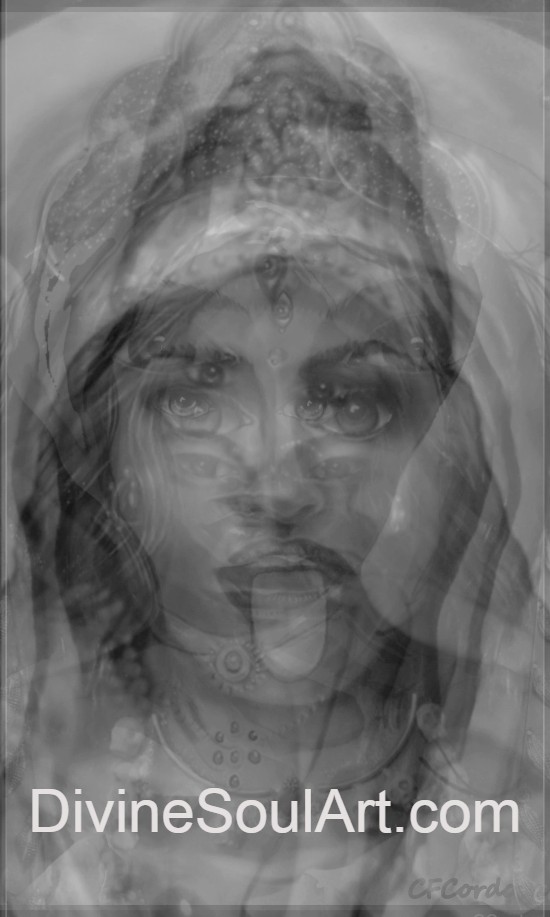 Divine feminine goddesses
Divine feminine goddessesDivine Feminine Energy
The divine feminine energy is marked by nurturing, intuition, and empathy. Explore the divine feminine strength of Goddesses, what it is, and how to embrace it to improve your life. Connect with your inner feminine energy and own it.
Understanding Divine Feminine Energy
Divine feminine energy is a gentle yet powerful force that fosters emotional depth and tranquility. It represents nurturing, empathy, and emotional intelligence, transcending gender and touching the inner energetic essence of all individuals. This energy governs the intuitive aspect of the spirit, enabling those who possess it to connect strongly with their intuition and be highly sensitive to their surroundings, embracing the idea of divine femininity.
The qualities associated with divine feminine strength include:
- Intuition
- Feeling
- Nurturing
- Receptivity
- Interconnectedness
It is often linked to fertility and growth, both spiritual and emotional, and plays a crucial role in the healing process by promoting self-love and emotional well-being.
Individuals with high feminine energy understand the cyclical nature of life, embracing its ups and downs with grace and compassion, embodying a divine feminine spirit.
The Qualities of Feminine Energy
Empathy is a key trait of divine feminine energy, improving communication and intuition. This energy encourages:
- Inclusiveness and teamwork in cooperative settings where relationships can grow
- Creativity, which supports adaptable problem-solving and innovation across different areas of life
- Patience, nurturing relationships, and fostering a supportive environment for growth
Those who embody divine feminine qualities often exhibit these traits.
These qualities of divine feminine energy not only enhance personal relationships but also contribute to a more harmonious and balanced society. Embracing empathy, creativity, and patience enables individuals to build deeper connections with themselves and others, thereby fostering a sense of community and shared purpose.
Historically, the sarced feminine has often been symbolized by mother goddess figures, representing fertility and creation. Cultural depictions of the divine feminine include various goddesses, each embodying different aspects of femininity. Many cultural stories have historically ignored the feminine side in spiritual contexts, leading to the use of gendered terms.
The idea of the divine feminine energy can help address past imbalances in spiritual traditions dominated by masculine perspectives. Gendered terms help express qualities traditionally linked to femininity and masculinity, but they do not strictly define a person's identity. Instead, the divine feminine and masculine are seen as energies that coexist in harmony rather than as fixed genders. This inclusive view allows everyone to connect with these energies within themselves, raising the question of why gendered terms are used in these contexts.
Divine Feminine Powers of Goddesses
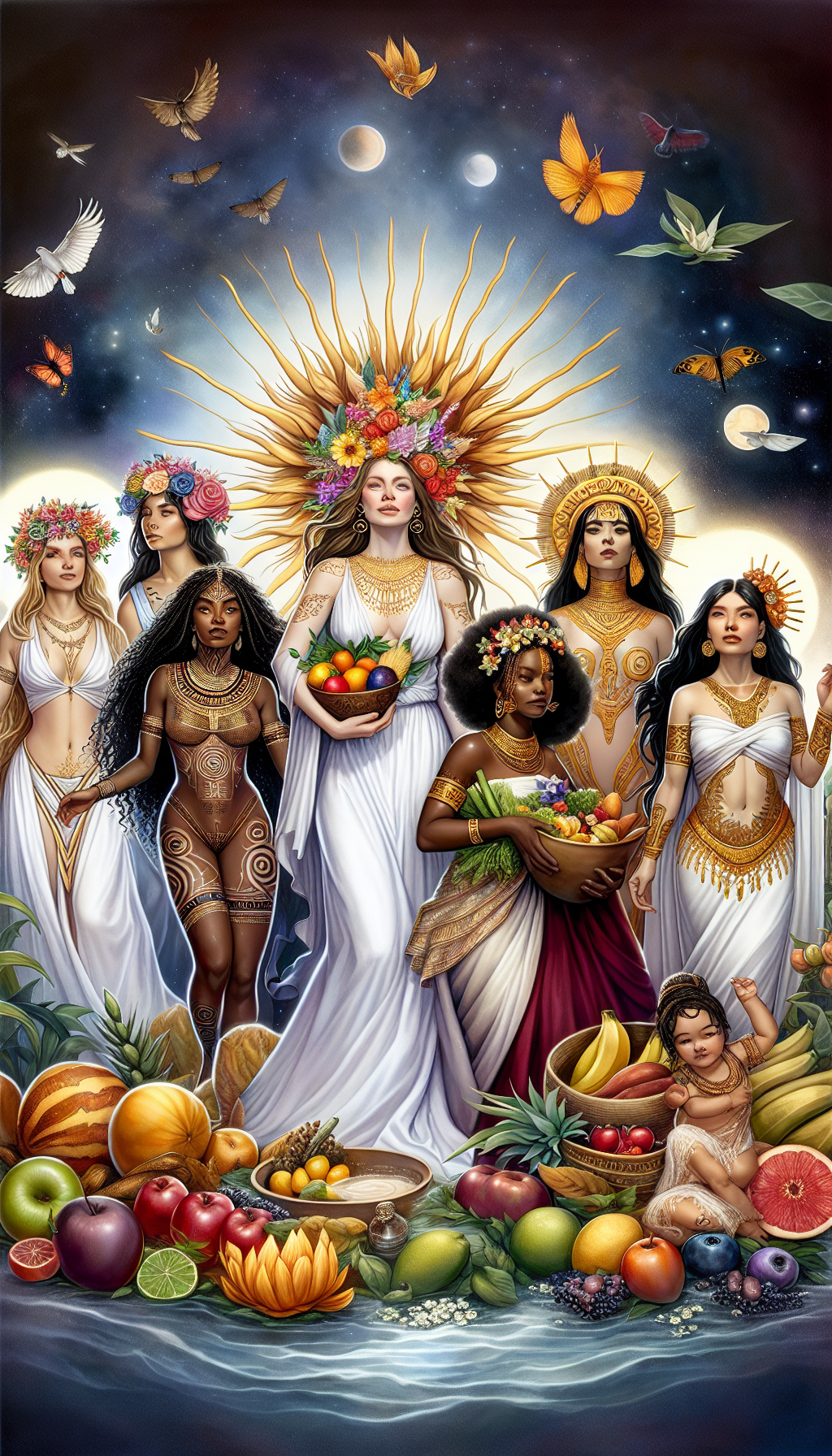 Sacred Feminine Energy
Sacred Feminine EnergyAccording to Oxford University Press, the study of goddesses and their divine feminine qualities has gained significant attention in recent years.
Goddesses have held a grandiose significance in various cultures, often representing motherhood, fertility, and power, and acting as consorts to male deities.
Respected for their roles in shielding women and life cycles, they embody the divine feminine energy and are commonly associated with the Earth and nature.
In some cultures, female deities are seen as the embodiment of the divine feminine, while in others, they are seen as mighty forces of nature.
In ancient myths, these female deity figures are often portrayed as figures of immense power who can achieve the impossible. They are linked to fertility, love, wisdom, and war, and, in some myths, are even credited as the creators of the world. Perhaps that is why many refer to GOD as a She rather than a He.
In other tales, they are seen as guardians, protecting the realm. These female deities are widely worshipped across various cultures.
Nowadays, goddesses symbolize female strength, empowerment, fertility, love, wisdom, nature, and the environment.
Let us explore the feminine energy of some of the most powerful goddesses worshipped across different cultures.
See which one you feel connected to.
Goddess Durga
 Divine Feminine
Divine FeminineGoddess Durga is revered as a central aspect of the divine mother, known as Devi, embodying protection, motherhood, and strength. Celebrated for defeating the demon Mahishasura, she is a powerful warrior goddess in Hindu tradition. The name ‘Durga’ means ‘invincible’ in Sanskrit, reflecting her strength and protective qualities. Often depicted riding a lion or tiger, she symbolizes power and fearlessness in battle. Her many arms, usually ten, each hold weapons that represent the divine energy of various gods combined to assist her in combat. The Navratri Festival is a major celebration of Durga, commemorating her victory over evil with nine nights of festivities.
Her temples are frequently visited by devotees seeking her protection and grace, and she is seen as a powerful guardian. Her temples are often regarded as places of safety and strength.
Durga’s power and importance inspire those who come to her for blessings and protection.
Representation:
- Warrior
- Motherhood
- Protector
- Compassion
- Enpowerment
- Strength
- Destroyer of Life's Obstacles
Prayer to Durga
I fully trust and love you, Divine Mother. I surrender myself to you completely. Bless me and guide me towards righteousness, which I will follow.
Goddess Kali
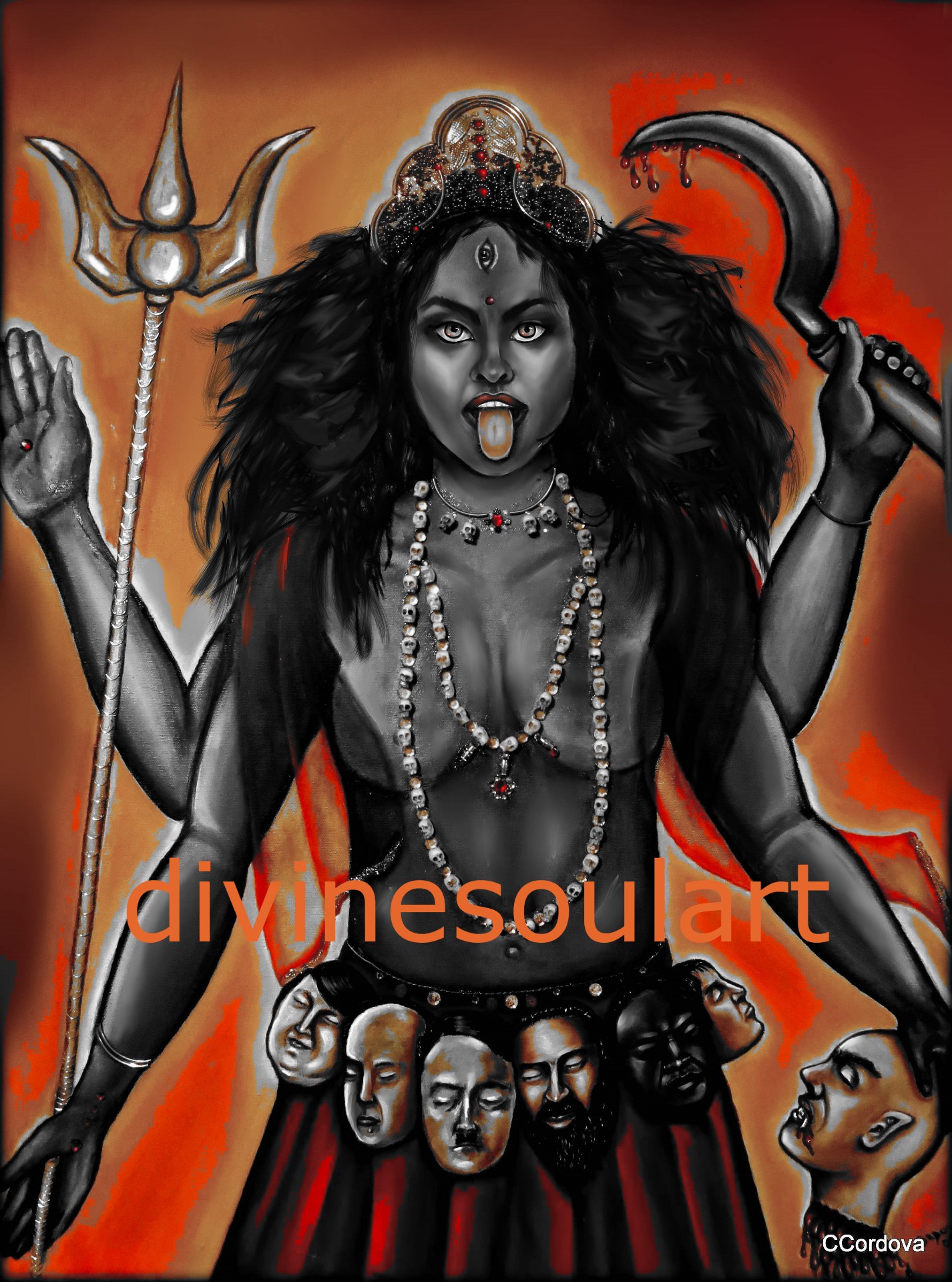 Kali- masculine and feminine energies
Kali- masculine and feminine energiesGoddess Kali is a complex central figure who is a fierce yet protective mother figure in Hinduism, embodying the destructive and transformative aspects of divine feminine strength. She is associated with time and change.
She is often shown with a dark complexion, a garland of skulls, and a skirt of arms, symbolizing her control over death and rebirth. Kali’s energy is both frightening and nurturing, representing the cyclical nature of creation and destruction that is essential for growth and evolution.
She destroys and brings new life..
She is both the beginning and the end.
Kali represents a divine feminine form that symbolizes female empowerment. She is Mother Earth, who gives motherly love to all her followers who do right for themselves, others, and Mother Nature.
On numerous occasions, Kali is depicted alongside Shiva- divine maculine energy- representing the balance of masculine and feminine energies within oneself and the world.
Worship of Kali includes spiritual practices focused on meditation and freeing the soul from the cycle of birth and death. Her followers seek her blessings for protection, strength, and the elimination of obstacles on their spiritual path.
Kali is a divine being that represents:
- Motherhood
- Warrior
- Protector
- Female Power
- Destroyer and Creator
- Liberator
Prayer to Kali
Oh, Mother Kali, I welcome you to my humble abode. Bless me with your Divine Energy and protect me from all harm in my path.
Click here for more information on Kali.
Goddess Yemaya

Goddess Yemaya, also known as Yemoja, is revered as the Great Mother Goddess of the Ocean, symbolizing motherhood and fertility. She is recognized as a nurturing mother figure and is regarded as the mother of all living beings. She is a powerful figure in the Yoruba religion, often called upon for protection and guidance. Yemaya’s connection to the ocean represents her influence over tides and lunar energies, highlighting her nurturing and protective qualities.
Representation:
- Motherhood
- Fertility
- Love
- Healer
- Protector
- Life Force
Yemaya Prayer
Oh Goddess Yemaya, I humbly come to you broken and in despair for myself and the world. I feel the pain and hear the cries of my brothers and sisters worldwide. I can only pray and hope that my Father will have mercy on us all.
I pray to you, Yemaya, for help so that, with God's permission, we can wipe away some of the evil that roams our planet. Please give us comfort during these difficult times.
Oh, my Loving Yemaya, bring us comfort and guidance. Remove the dark energy around us and replace it with energy of light. Show us the path to new beginnings. Help us to discover and rebuild a world of love, compassion, and peace.
Click here for more information on Yemaya.
Goddess Oshun
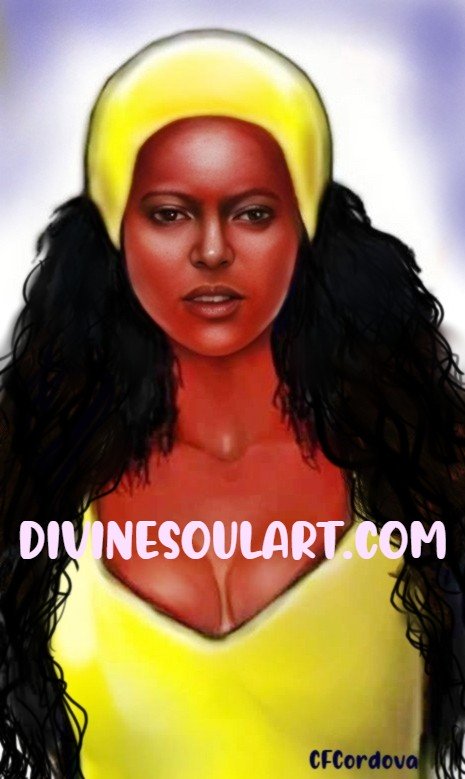 Divine Feminine
Divine FeminineGoddess Oshun is a deity from the Yoruba religion, revered as a goddess of creation, fertility, and love. She holds a unique position among the 17 deities sent to earth by the supreme god, Olodumare, as the only female who could repopulate and regenerate the earth. Oshun’s attributes include a deep connection to freshwater, symbolizing nurturing and motherly love. She is often associated with various animals, including the peacock and vulture, representing different aspects of her powers. Oshun is celebrated in Osogbo, Nigeria, where an annual festival honors her importance in local culture. She embodies both the creator and destroyer qualities, using her water powers to bless or punish depending on human actions.
Representation:
- Love
- Beauty
- Sensuality
- Intuition
- Fertility
- Abundance
- Creativity
- Wealth
- Self-love
- Change
Prayer for Oshun
Oh, Mother Oshun, guide and protect me and my family. Fill our paths with light, health, and blessings. And cleanse our souls with your Divine Waters.
Click here for more information on Oshun.
Goddess Kuan Yin
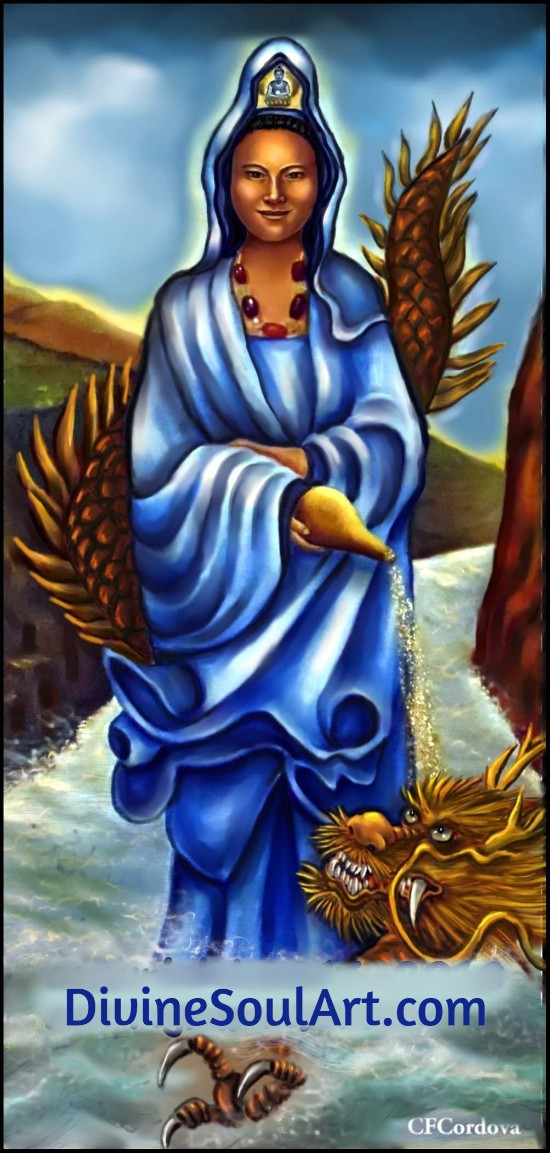 Divine Feminine
Divine FeminineGoddess Kuan Yin is revered as the Bodhisattva of Compassion in Mahayana Buddhism, embodying the qualities of mercy, compassion, kindness, love, and selflessness. She symbolizes selfless devotion to helping others reach enlightenment. Her name means ‘She who hears the cries of the world’, highlighting her role in responding to the suffering of all beings. Kuan Yin is often depicted holding a vase from which she pours healing water, symbolizing healing and peace for all living things.
In Buddhist tradition, she is commonly invoked for fertility and the well-being of children, making her a protector of women and families.
Women wishing to have a child pray to her, for she is known as the fertility goddess capable of granting any woman their wish.
Some individuals compare her to the Virgin Mary.
Representation:
- Compassion
- Love
- Healer
- Enlightenment
- Protector
- Motherhood
- Spiritual Guide
- Selflessness
Prayer
"Oh Kuan Yin, help me to connect to your energy, unconditional love, and compassion, and to be like you and love all, no matter who or what they are."
Click here for more information on Kuan Yin.
Goddess Hathor
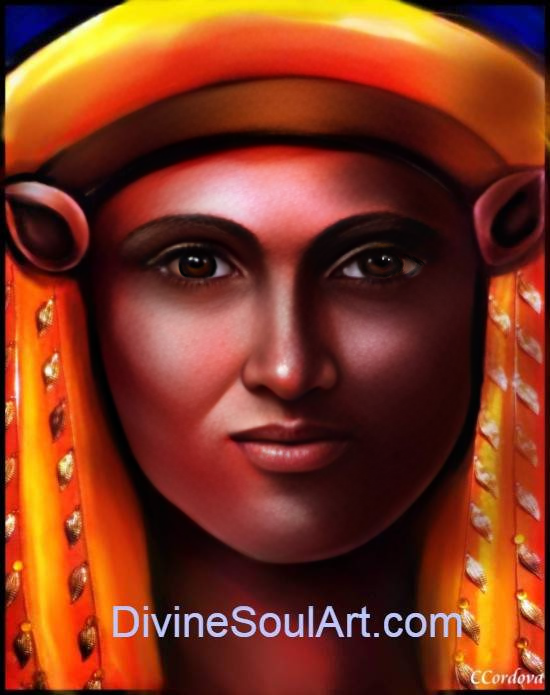
Goddess Hathor was revered as a major goddess in ancient Egyptian religion. Often depicted as a cow or a woman with cow horns, Hathor symbolizes motherhood and is closely associated with the sun and sky. She was considered the divine mother of pharaohs, linking her to royalty and kingship in ancient Egyptian culture.
Hathor was celebrated in festivals that included:
- Music
- Dance
- Revelry. These festivities reflected her association with joy and sensory pleasures. She also played a role in the afterlife by:
- Guiding souls
- Providing nourishment to the deceased, these roles symbolized rebirth and regeneration.
Representation:
- Love
- Beauty
- Motherhood
- Music
- Dance
- Fertility
- Protection
- Joy
Prayer
"Great Sekhmet, Beloved Hathor, Daughters of the sun, Clear all fear and darkness from my heart. Clear all confusion and doubt from my mind. Purge and cleanse me of all darkness, All psychic, Emotional and spiritual suffering." -Insight Timer
Click here for more information on Hathor
Goddess Izanami
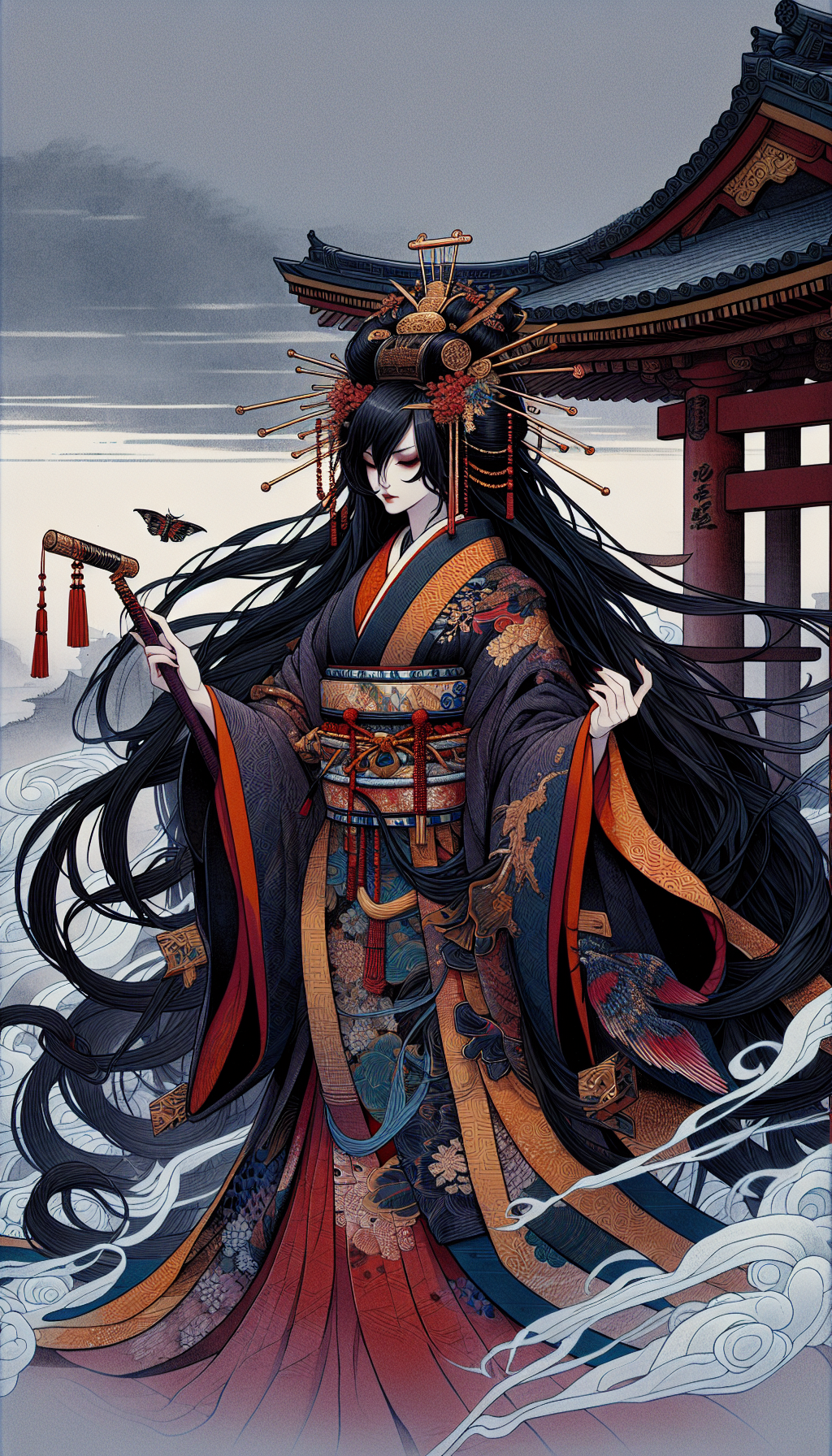
Goddess Izanami, known as ‘She Who Invites,’ is a Shinto goddess associated with both creation and death, embodying the duality of nurturing and transformation. She played a crucial role in the creation of the Japanese islands and the pantheon of gods, highlighting her significance in Shinto mythology. Izanami’s transformation into the Goddess of Death occurred after her body was consumed while giving birth to a fire god, marking her dual role in life and death.
The story of Izanami illustrates themes of boundaries and the consequences of disregarding them, particularly in the context of her relationship with Izanagi. Her narrative emphasizes the importance of respecting the natural cycles of life, death, and rebirth, which are foundational to understanding divine feminine energy.
Representation:
- Creation and Death
- Motherhood
- Fertility
- Destruction
Goddess Pele
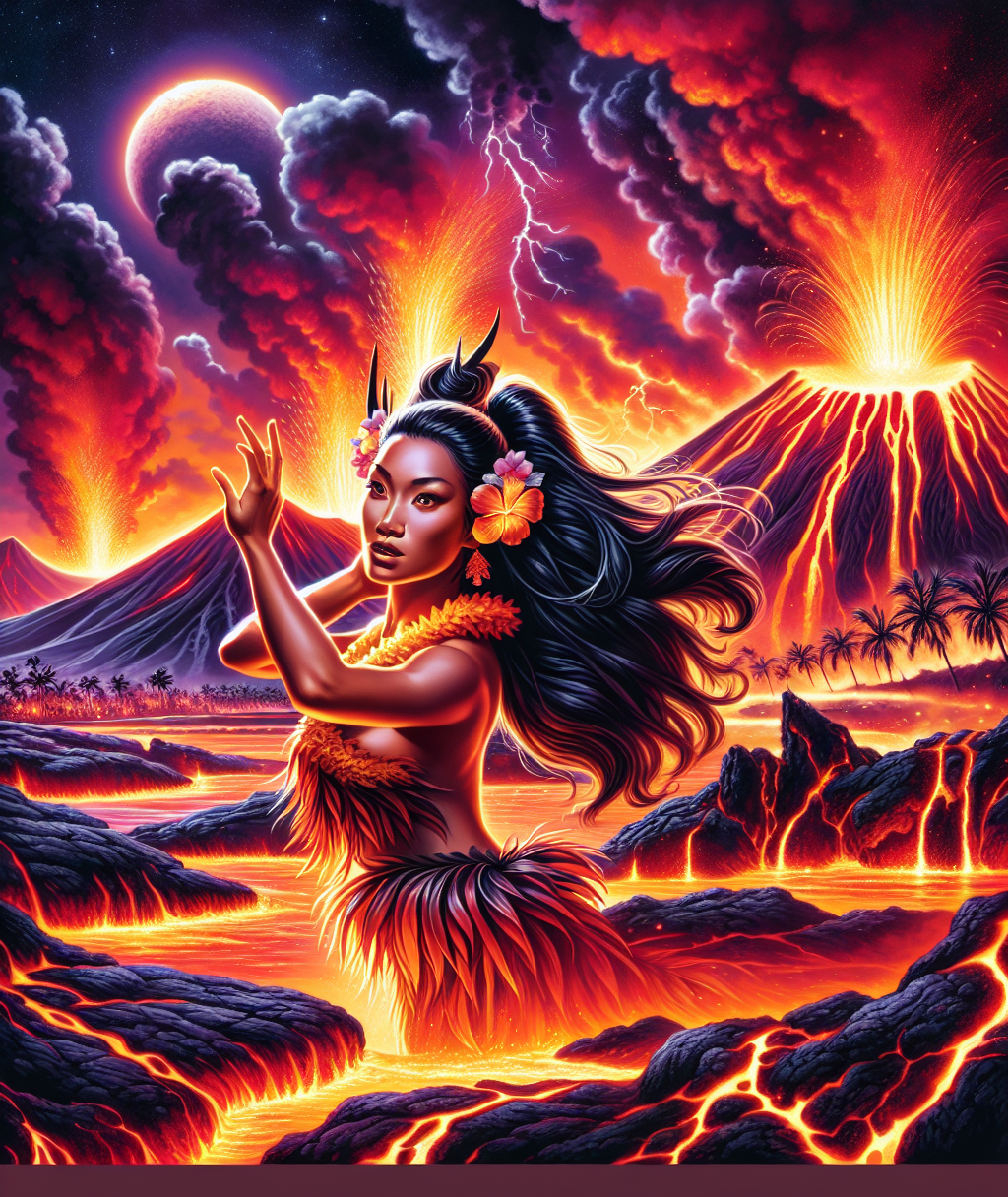 Divine Feminine
Divine FeminineGoddess Pele embodies the essence of the Primal Goddess, characterized by wild, bold, and fiery energy, symbolizing liberation and the rejection of societal norms. Her energy encourages embracing one’s true self and breaking free from expectations imposed by others. Pele promotes a deep connection to one’s emotions, emphasizing the importance of feeling rather than overthinking.
The Primal Goddess, represented by Pele, guides individuals in reclaiming their full feminine strength and living without shame. Her energy encourages women to express their inner goddess freely, engaging in activities that celebrate their vitality and creativity.
Representation:
- Creation
- Destruction
- Fire
- Passion
- Transformation
- Protector
Prayer
"Pele, I humbly ask for your help. I give you honor and thanks for all you have done."
Mother Ayahuasca
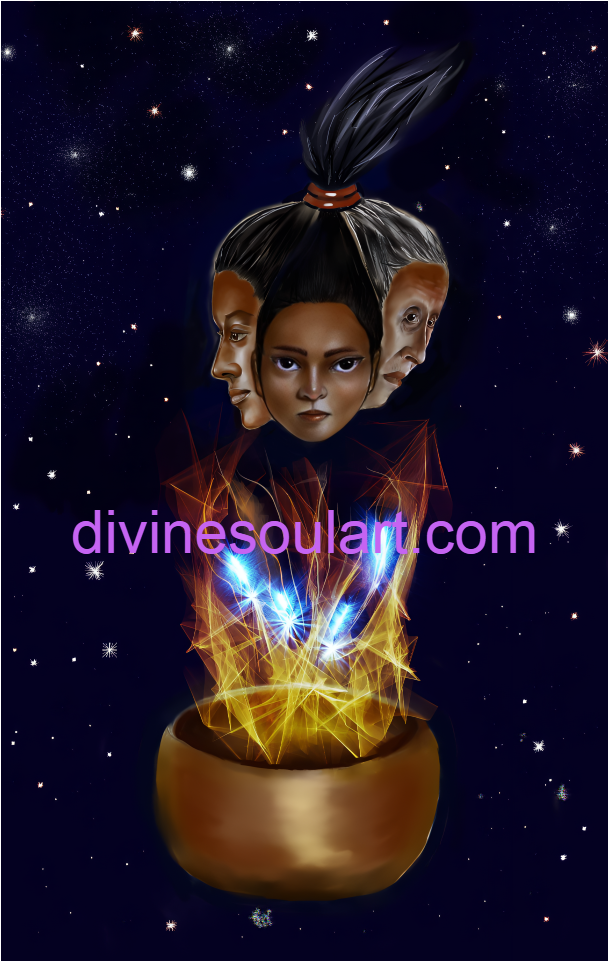 Mother Earth - Divine Feminine
Mother Earth - Divine FeminineAyahuasca is often regarded as a nurturing and healing force, reflecting qualities traditionally associated with motherhood. She is also linked to Mother Earth. Participants in Ayahuasca ceremonies frequently report feeling a strong maternal presence that guides and supports them through their spiritual journeys. The plant medicine is seen as a teacher that imparts wisdom and encourages deep self-reflection, similar to the role of a mother.
Ayahuasca is associated with divine feminine energy, embodying compassion, intuition, creation, and spirits. In indigenous cultures, it is viewed as a conscious entity that communicates with and guides those who consume it. The experiences facilitated by Ayahuasca can challenge individuals, prompting them to confront personal fears and limitations.
Representation:
- Nurturing
- Healing
- Guidance
- Compassion
- Protection
- Wisdom
- Love
Prayer
Mother, Teacher, Doctor Ayahuasca. Keep away from my mind, my heart, my spirit and body; all the things that may harm me and others, protect me. May the hard things to understand become easy to my understanding.
Take me to your magical world; give me wisdom, a lot of love and strength. Heal what it is you need to heal in me, teach me what you have to teach me, Mother, Teacher, Doctor Ayahuasca. There are things I deserve to know, there are things I deserve to ignore. Everything is about deserving.
Protect my beloved ones and protect me. May you good source not vanish from myself.
So be it – Ancient and Wise Lady- queenoftheforest.org
Click here for more information on Mother Ayahuasca
Goddess Aphrodite
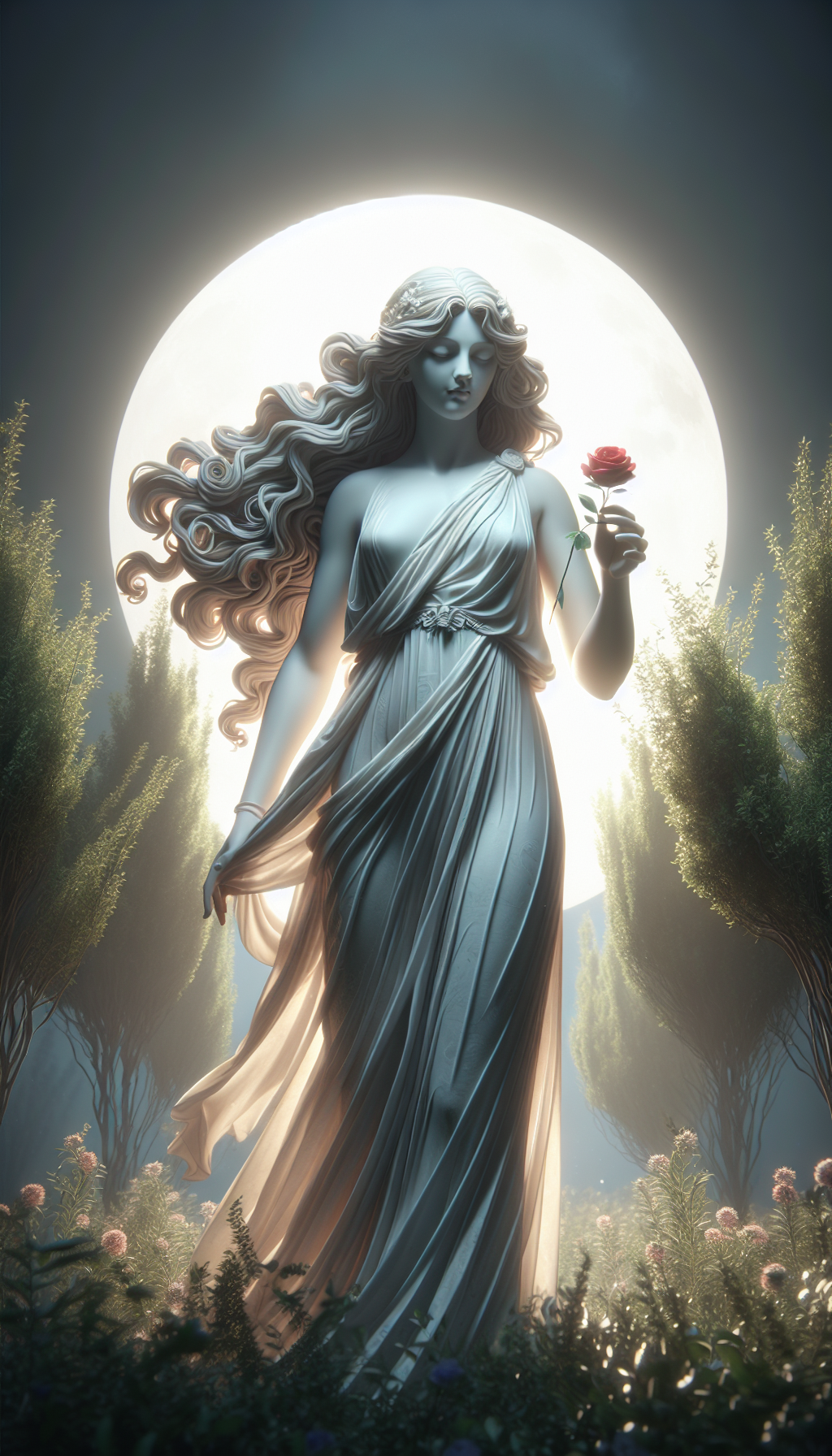
Goddess Aphrodite is revered as the goddess of love, beauty, and fertility, symbolizing the essence of self-love and acceptance. Recognized as the ancient Greek goddess of love, beauty, pleasure, and sexuality, she is often associated with the planet Venus. Her major symbols include doves, roses, and seashells, which reflect her connections to love and beauty.
Aphrodite is often depicted in art as a nude figure, embodying ideal feminine beauty. Her birth myth describes her emerging from the sea foam, linking her to themes of creation and fertility. The goddess had numerous cult centers, emphasizing her significance in ancient Greek religion.
Representation:
- Love
- Passion
- Beauty
- Power
- Fertility
Prayer
"You represent self-confidence and self-love. Thanks to you, I have succeeded in believing in myself. You made me love me, and that's something I'm grateful forever," according to a prayer from Reddit.
Feminist interpretations
Feminist interpretations of goddesses highlight their strength, independence, and significance in challenging patriarchal norms. They are seen as symbols of resilience and power, boldly contesting traditional gender roles and societal expectations.
As we’ve explored, goddesses represent diverse aspects of the divine feminine, from motherhood and fertility to power and destruction. Each of these qualities motivates and inspires, surpassing societal and cultural limits.
In art and culture, goddesses are frequently invoked to symbolize female strength, resilience, and independence.
These goddess figures consistently oppose traditional gender roles, encouraging women to embrace their natural power and independence.
They serve as symbols of female strength, courage, and autonomy in a patriarchal society.
Why We Use Gendered Terms
Historically, the divine feminine was often symbolized by mother goddess figures representing fertility and creation. Cultural depictions of the divine feminine include various goddesses, each embodying different aspects of femininity. Many cultural stories have historically ignored the feminine side in spiritual contexts, leading to the use of gendered terms.
The idea of the divine feminine can help address past imbalances in spiritual traditions dominated by masculine perspectives. Gendered terms help express qualities traditionally linked to femininity and masculinity, but they do not strictly define a person's identity. Instead, the divine feminine and masculine energy are seen as energies that coexist in harmony rather than as fixed genders. This inclusive view allows everyone to connect with these energies within themselves, raising the question of why gendered terms are used in these contexts.
Balancing Feminine and Masculine Energies
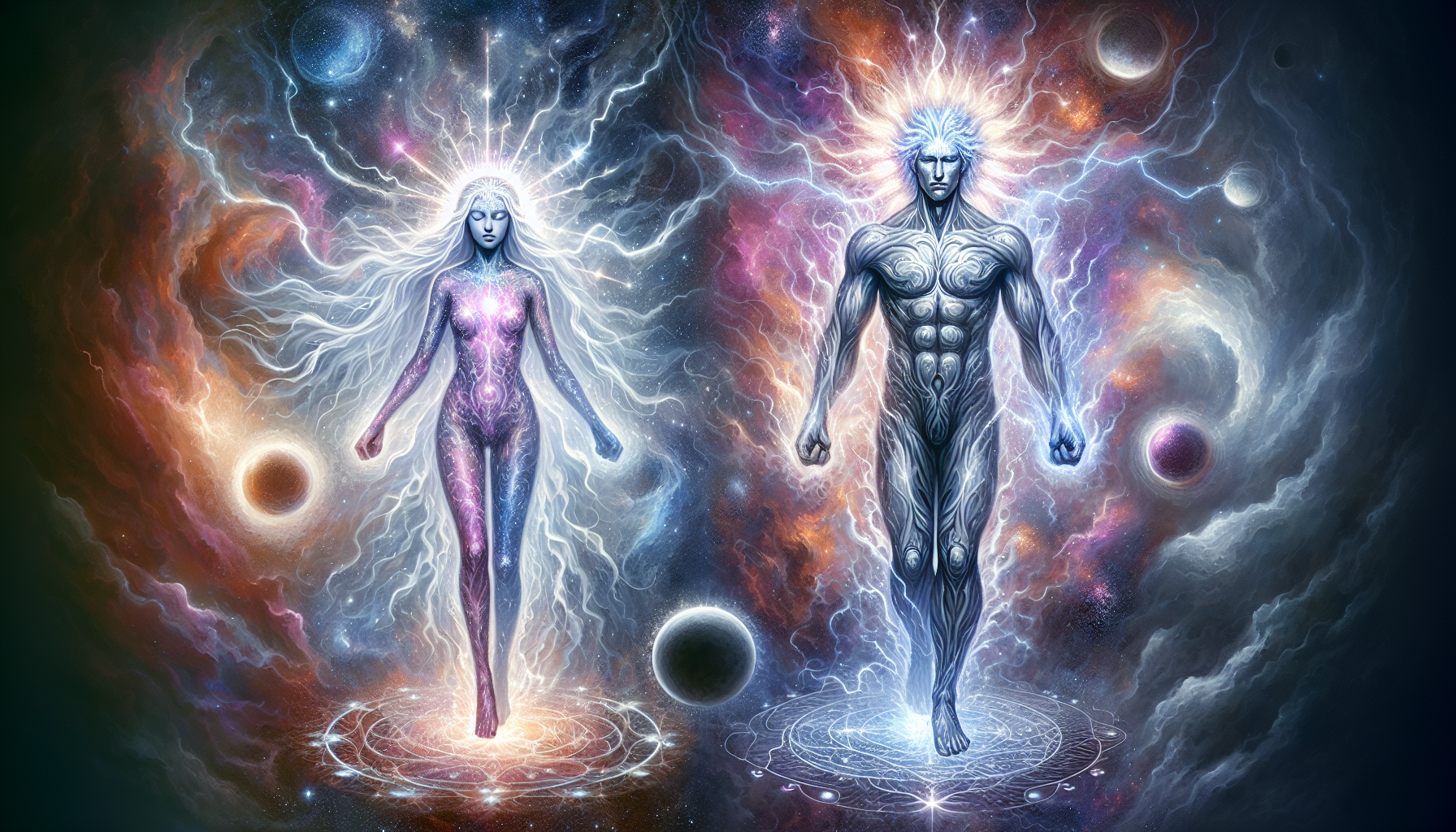
Masculine energy—action, logic, and strength—and sacred feminine energy—intuition, nurturing, and receptivity—are inherent in all human beings. It is essential to learn how to balance these energies within oneself to achieve inner harmony and oneness.
Achieving a balance between feminine and masculine energies can bring greater harmony and fulfillment to daily life. The divine feminine is crucial for nurturing balance and harmony in both personal and societal relationships. Attaining harmony in the universe and within ourselves involves aligning feminine and masculine energies. This balance is an ongoing process rather than a one-time goal. Spiritually balancing these energies helps us find equilibrium. The feminine is often linked to qualities of receptivity, while the masculine is associated with action and visibility. Practices focused on healing feminine energy typically include introspective exercises that promote self-reflection and growth. Connecting with.divine femininity deepens our relationship with our true selves, improving our ability to make decisions aligned with inner wisdom.
Activating Your Feminine Energy
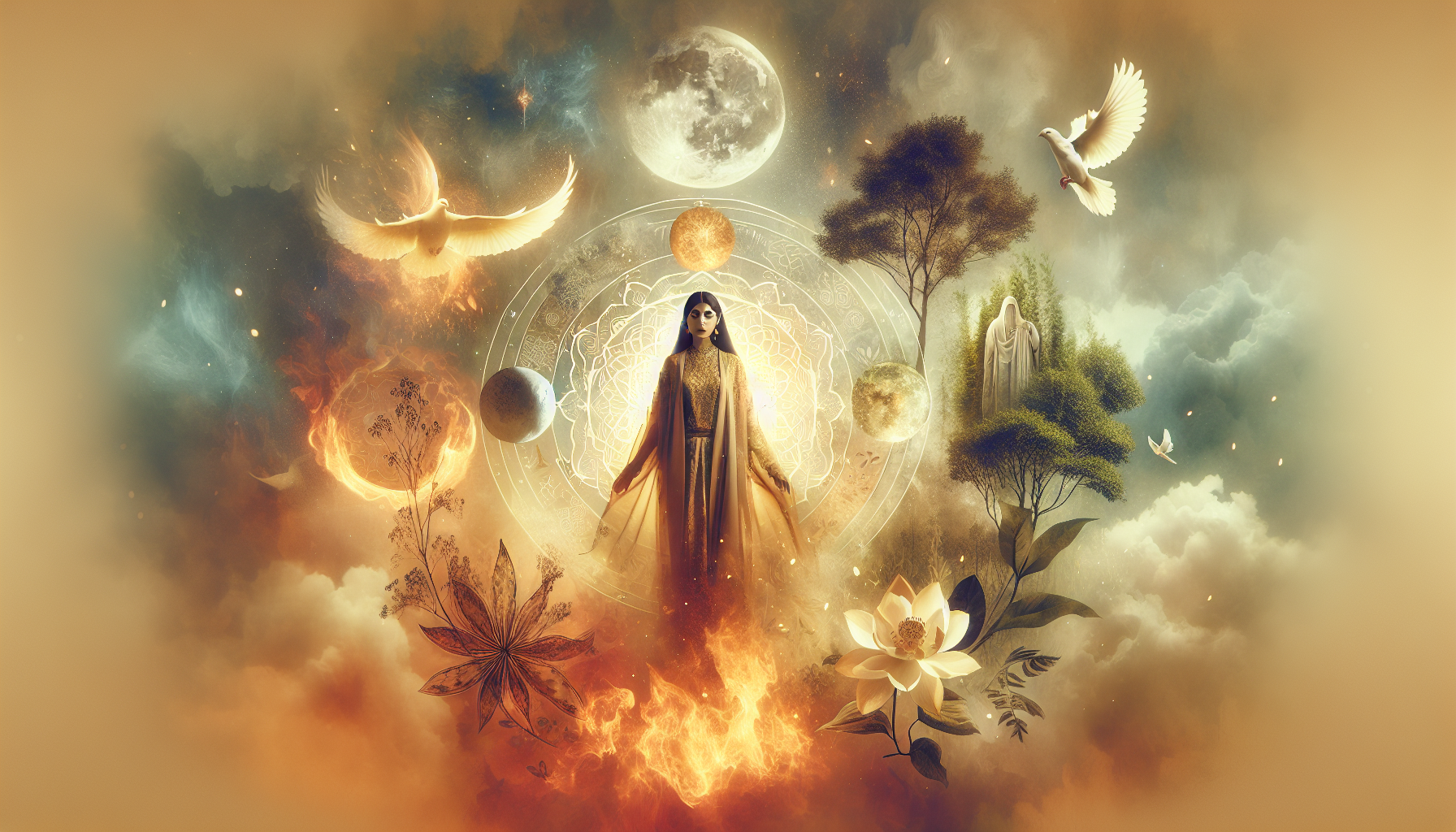 Sacred Space
Sacred SpaceSpiritual practices like meditation, self-care rituals, awareness, and awakening can help connect you to your inner feminine energy.
Meditation has been shown to help shift people from a constant doing state to a more relaxed being, which supports overall health. Self-care rituals like meditation and yoga can nurture divine feminine strength. Emotional awareness enables the processing of feelings, paving the way for healing and deeper self-connection. Awakening intuition involves tuning into your inner voice and trusting your gut feelings.
Practicing receptivity involves being open to receiving help and opportunities without guilt. Setting healthy boundaries is vital for maintaining self-respect and prioritizing your well-being. These practices collectively activate your divine feminine energy, fostering a sense of empowerment and inner peace.
The Role of Feminine Energy in Relationships
Individuals embodying high feminine energy focus on meaningful and authentic relationships. Embracing divine feminine energy leads to: more authentic and effective communication, nurturing qualities that foster a supportive atmosphere for creativity to develop, a stronger connection that increases compassion for both oneself and others
Empathy in divine femininity enhances creativity by allowing individuals to gain diverse perspectives and insights. Tapping into feminine energy can lead to authentic and meaningful artistic expression. Cultivating compassion begins with self-kindness and extends care and understanding to others.
Healing Through Feminine Energy
Healing through feminine energy helps individuals release emotional baggage connected to past traumas and heartaches. Recognizing wounds and trauma related to feminine identity is essential for emotional healing and empowerment. Nurturing one’s feminine energy can foster a deep sense of inner peace and acceptance, aiding in the healing process. Practicing spiritual rituals that honor the divine feminine, such as meditation and self-love exercises, encourages healing and personal growth. This process empowers individuals to move forward with renewed purpose and inner strength.
Embracing Creativity and Flow
Divine Feminine promotes a deep connection with nature and encourages inner healing. Spending time in nature provides solace, rejuvenation, and a primal connection. Engaging with nature helps individuals reconnect with the balance of doing and being. Grounding your energy by spending time in nature helps align you with the natural cycles of life.
By embracing the natural world, one can discover inspiration, hope, and a deeper sense of truth belonging in modern society. This connection to nature nurture the soul and enhances overall well-being, fostering a harmonious relationship with the environment that is closely connected to our inner selves, leading to happiness, a richer human experience, and a new life.
Empowerment Through Divine Feminine Power
Divine feminine force embodies traits like:
- kindness
- vulnerability
- love
These traits contribute to its inherent empowerment. Individuals can experience a significant boost in confidence and self-love by embracing their feminine energy. Empowerment through the divine feminine involves:
- standing up for oneself
- self expression
- advocating for the underserved.
The manifestation of .divine feminine force is often reflected in peaceful advocacy and social justice efforts. By embracing these qualities, individuals can contribute to positive change in their communities and beyond.
You and Feminine Abilities
Feminine abilities involve embracing qualities like compassion, connection, and intuition. Feminine is not exclusive to women; both men and women possess this energy within themselves. Feminine energy is often misunderstood as weak; however, it embodies strength, vulnerability, and depth.
Practicing small decisions based on intuition can help individuals connect with their divine feminine power. Imagine experiencing divine feminine energy may require stepping out of a comfort zone, especially for those accustomed to masculine power.
Self-compassion is a vital practice in reconnecting with femininity and can improve emotional well-being.
Summary
In summary, divine feminine energy is a powerful force that embodies nurturing, empathy, intuition, and emotional intelligence. By understanding and embracing this energy, individuals can enhance their relationships, promote healing, and achieve a balanced and fulfilling life.
.Masculine energy—characterized by action, logic, and strength—along with sacred feminine energy—embodying intuition, nurturing, and receptivity—are inherent in all human beings. It is important to remember to balance these energies within ourselves to achieve inner harmony and oneness.
The goddesses from various cultures exemplify the diverse aspects of divine femininity, offering inspiration and guidance. Through practical steps such as meditation, self-care, and connecting with nature, one can activate and harness divine feminine strength. Embrace your inner goddess and let the divine feminine spirit guide you on your spiritual journey.
RELATED ARTICLES
Click below and views more than 600 pieces of spiritual artwork

Spiritual Books
If you enjoy the articles on this website, you will also appreciate the short stories in the books below. Click here and continue the journey.
